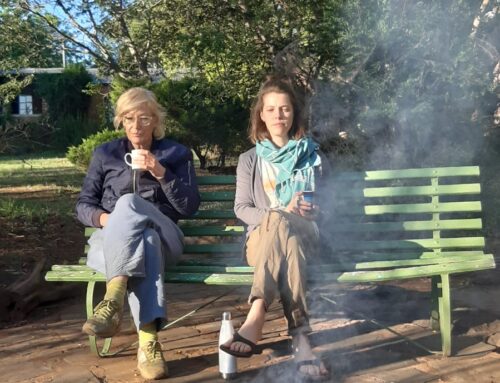 At TRC late last year, Tashi, Pippa’s much loved cat was very ill and near death. With half his face eaten away by cancer, it was hard to witness. Many of us who have spent time at TRC over the years know Tess and her long illness.
At TRC late last year, Tashi, Pippa’s much loved cat was very ill and near death. With half his face eaten away by cancer, it was hard to witness. Many of us who have spent time at TRC over the years know Tess and her long illness.
In a previous post, I touched on the differences between the way of samsara and the way of Dharma. One of the areas where we can deeply understand this difference is when it comes to the euthanasia of animals. For many of us this is one of the hardest areas to navigate as Buddhists. The emotional fall out is huge, both in ourselves and for the people around us.
In the worldly view, when we see a much loved pet suffering, it’s standard procedure to take them to the vet and have them put down. It’s seen as an act of love and kindness. The suffering of the animal is now over and alleviating that suffering is the compassionate thing to do.
To go against this social norm and allow sick or old animals to die a natural death is very, very difficult. The pressure doesn’t only come from friends and family. Putting animals to sleep is what vets do, and going against that can be distressing and confrontational for them. This can add to our conflict. The very people we are going to for advice will suggest the opposite of what Dharma teaches.
The Dharma view offers a very different perspective of suffering and the path to freeing ourselves from that suffering. When we face a dilemma of this nature, we have a deeply personal and very painful choice to make. The way of Dharma and the way of samsara are very different. We each have to choose which path we will follow.
 With Akong Rinpoche’s guidance, I have twice chosen to not kill and have nursed dogs through illness to death. A long association with Hospice and the Hospice Philosophy was a great help. Hospice sees death as a natural process and although everything possible is done to alleviate suffering, Hospice care creates an environment in which death is allowed to happen at it’s own pace. Some people die quickly and easily, others take a long time and suffer greatly in the dying process. Hospice honours both experiences.
With Akong Rinpoche’s guidance, I have twice chosen to not kill and have nursed dogs through illness to death. A long association with Hospice and the Hospice Philosophy was a great help. Hospice sees death as a natural process and although everything possible is done to alleviate suffering, Hospice care creates an environment in which death is allowed to happen at it’s own pace. Some people die quickly and easily, others take a long time and suffer greatly in the dying process. Hospice honours both experiences.
The Dharma view that death is not necessarily the end of suffering is very steadying when facing the doubts that arise while witnessing another being in the dying process. It takes time to die. There is suffering. Illness and death have pain.
Training for this momentous experience starts during our meditation sessions. It begins when we sit with aching knees and a dry mouth enduring the small sufferings we experience both mentally and physically. This is how we grow into the way of Dharma.
Till next time,
Tania Potter






Leave A Comment